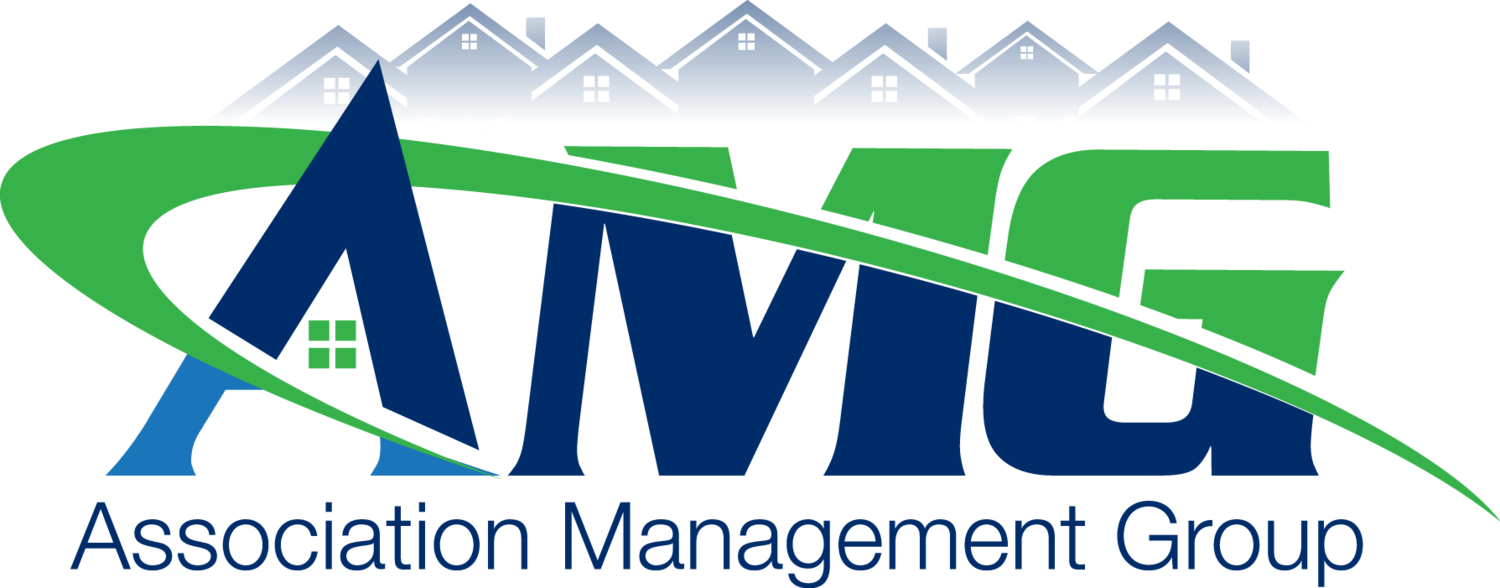all about solar panels
UNDERSTANDING SOLAR PANELS IN COMMUNITIES
The evolution of solar panels from unsightly installations to sophisticated and visually appealing energy solutions is mirrored by regulatory changes favoring the adoption of solar energy. For community leaders, these shifts have significant implications, affecting aesthetics, energy efficiency, and legal responsibilities within their associations.
NAVIGATING SOLAR PANEL REQUESTS
When homeowners express interest in installing solar panels, community leaders face the challenge of balancing preferences with the community goal of overall harmony and visual cohesion. The following steps are recommended for community leaders:
Seek Legal Expertise: Engage legal professionals with expertise in solar panel regulations. This ensures a comprehensive understanding of legal obligations, potential changes, and the best approach for addressing solar panel requests.
Review Governing Documents: Read the association's governing documents and architectural guidelines. Evaluate the feasibility of solar panel installations and any relevant restrictions outlined in these documents.
Foster Community Consensus: Community leaders should prioritize building consensus among homeowners before considering any restrictive actions or legal proceedings. Ensuring alignment with homeowners' preferences can prevent contentious disputes and potential litigation
THE BELMONT CASE
The Belmont case perfectly illustrates the complexities surrounding solar panel disputes within community associations. Belmont Ass’n v Farwig (2022 NC Supreme Court) sheds light on critical aspects that community leaders should consider when addressing solar panel installations and potential disputes and provides valuable insights into navigating similar challenges effectively.
Case Background: The Belmont case centered on homeowners who installed solar panels on the front of their house without obtaining prior architectural approval from their community association. In line with its architectural guidelines, the association required prior approval for modifications to the exterior of homes. In response, the homeowners submitted a request after the installation, which was subsequently denied by the association. The dispute arose due to conflicting interpretations of the governing documents and the extent of the association's authority in regulating solar panel installations.
Lessons and Takeaways from the Belmont Case:
Community Engagement: Proactively involve homeowners to gauge their collective opinion on solar panels. This helps align community interests and minimize the risk of disagreements and legal conflicts.
Documentation and Timeliness: Maintain meticulous records and address architectural requests promptly. Delays in responding to homeowner inquiries can lead to misunderstandings and potential legal challenges.
Specific Regulations: Broad architectural language may not adequately address solar panel issues. Community leaders should consider amendments to governing documents to provide clear guidance on solar panel installations.
KEY CONSIDERATIONS FOR COMMUNITY LEADERS
Effectively navigate the landscape of solar panels within community associations by keeping the following considerations in mind:
Legal Consultation: Collaborate with legal experts who specialize in solar panel regulations. This proactive approach helps community leaders make informed decisions that align with current laws and community values.
Proactive Communication: Openly communicate with homeowners about solar panel regulations and potential changes. Transparency fosters trust and minimizes confusion.
Balancing Aesthetics and Sustainability: Strive for a harmonious balance between aesthetics and sustainable energy solutions. Engage with homeowners to explore design options that are visually appealing while embracing eco-friendly technologies.
Regular Updates: Stay informed about evolving solar panel regulations and industry trends. Regularly review governing documents to ensure they align with current laws and community preferences.
IN CONCLUSION
Navigating solar panel regulations within community associations requires a collaborative approach that encompasses legal considerations, community consensus, and aesthetic integrity. By leveraging legal expertise, fostering open communication, and staying well-informed, community leaders can guide their associations towards integrating solar energy solutions that harmonize with the community's values and aesthetics.












